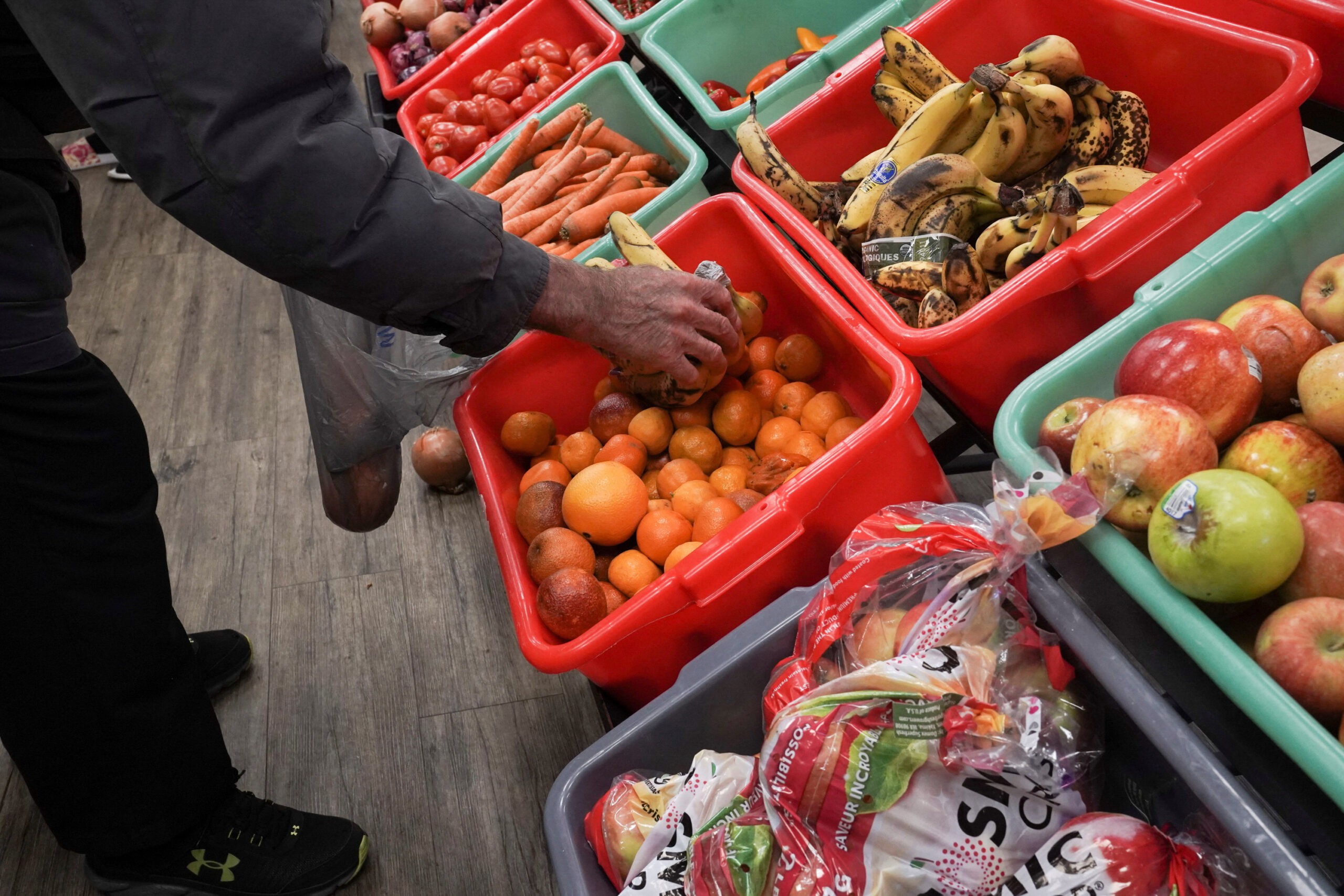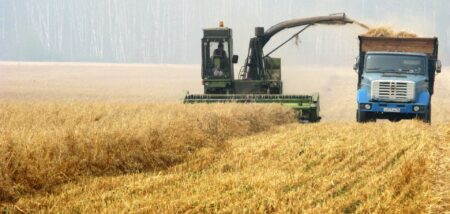- The prices of key food commodities influenced Kenya’s Inflation drop.
- KNBS says the food and non-alcoholic beverage index, which represents 32.9 per cent of inflation measurement, dropped by 0.1 per cent.
- KNBS data adds that housing, water, electricity, gas, and other fuels’ index dropped by 1.3 per cent
Kenya’s inflation dropped to a record 24-month low in April, hitting five per cent, according to the latest data from the Kenya National Bureau of Statistics, as prices of key food commodities continued to fall.
This is the third month in a row that the index has dropped, from 6.9 per cent in January to 6.3 per cent in February 5.7 per cent in March, and now five per cent last month. (https://hummingbirddental.ca/) The continued drop comes despite some price rises on some indices.
Major contributors to April’s year-on-year price rises included transport, food and non-alcoholic beverages, housing, water, electricity, gas and other fuels. The statistics body says that in the period under review, the transport index reduced by 0.3 per cent between March 2024 and April 2024, attributed to a drop in petrol and diesel prices of 2.7 per cent and 5.2 per cent, respectively.
Read also: Kenya’s business conditions weaken despite easing inflation
Fuel prices in Kenya
This was mainly due to a drop in petrol and diesel prices by 2.7 per cent and 5.2 per cent, respectively, month-on-month. In Nairobi, pump prices have come down from KSh207.36, KSh196.47 and KSh194.23 for super petrol, diesel and kerosene in January to the current KSh193.84, KSh180.38 and KSh170.06, respectively.
KNBS further says the food and non-alcoholic beverage index, which represents 32.9 per cent of inflation measurement, dropped by 0.1 per cent.
“The price of sugar, maize grain-loose, fortified maize flour maize and maize flour loose dropped by 8.3, 3.6, 3.0 and 2.8 per cent, respectively between March 2024 and April 2024,” KNBS said in its latest monthly inflation data.
Outlook of Kenya’s Inflation
However, the ongoing floods partly affected the cost of some food commodities, and prices of onions- leeks and bulbs, tomatoes, and oranges increased by 5.8, 4.3, and 4.0 per cent, respectively.
KNBS data adds that the housing, water, electricity, gas, and other fuels index dropped by 1.3 per cent, mainly due to a decline in the price of kerosene by 9.7 per cent.
Likewise, prices of 200 kWh and 50 kWh of electricity dropped by 6.4 per cent and 7.7 per cent, respectively.
In April, households using 50 kilowatt-hours paid Sh1,292 compared to Sh1,400 in March.
However, the price of gas/LPG rose by 0.3 per cent during the period.

On a month-on-month basis, April inflation was at -0.2 per cent compared with 0.2 per cent in March. The Kenyan government prefers inflation between 2.5 per cent and 7.5 per cent. The drop comes after the Central Bank of Kenya (CBK) held its benchmark lending rate at 13.0 per cent early in the month, to allow inflation to continue declining to the desired level.
The decision to hold the CBR rate followed rate hikes in December and February aimed at stabilising the exchange rate and helping stubborn inflation start falling. The foreign exchange rate had increased by almost 18 per cent since the previous monetary policy decision, mitigating worries about inflation stemming from pricier imports.
On Monday, April 30, the Central Bank of Kenya quoted the Kenya shilling at KSh133.3 against the US dollar, marking a significant appreciation since February 7, when the local currency stood at KSh160.18.










